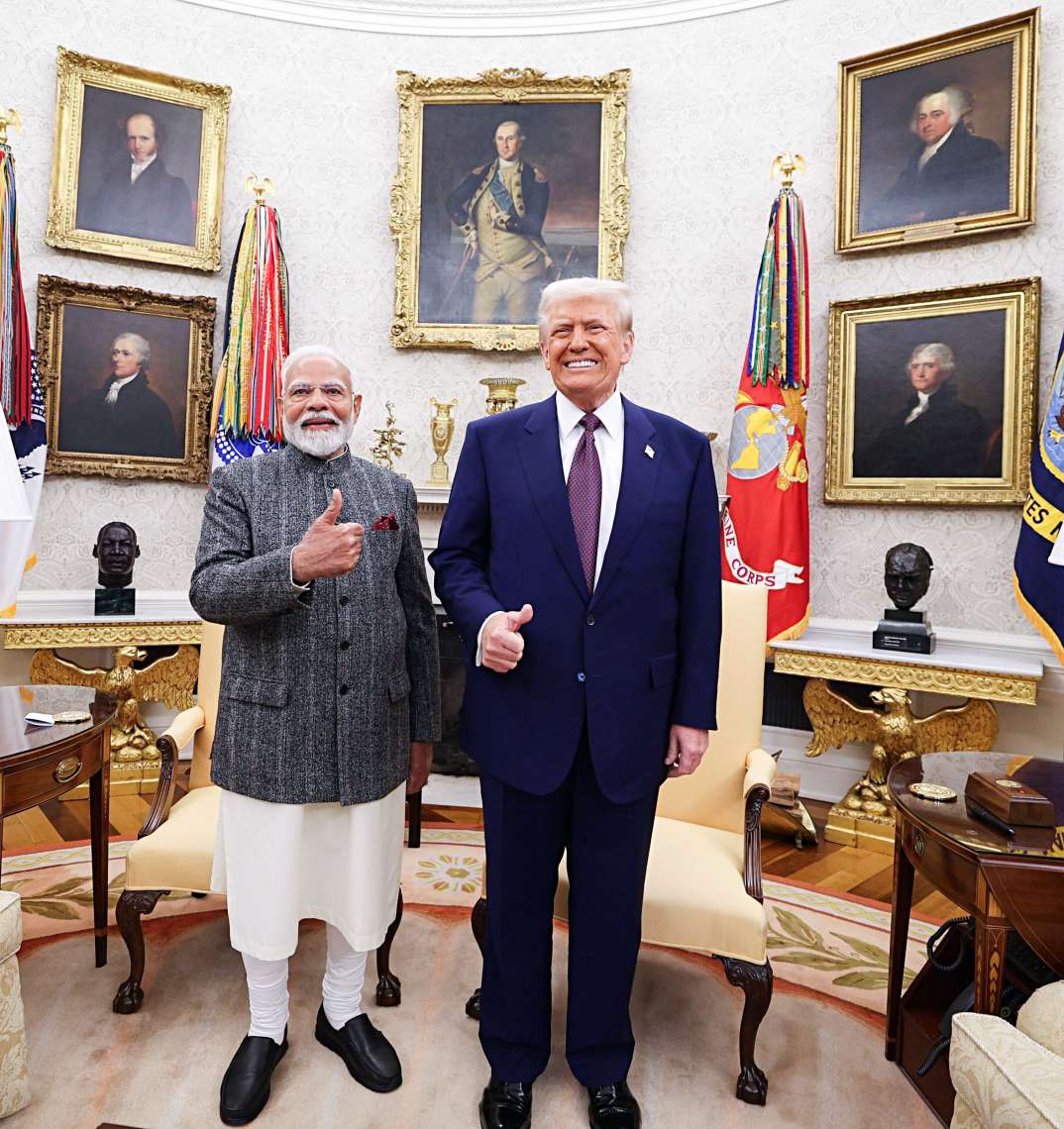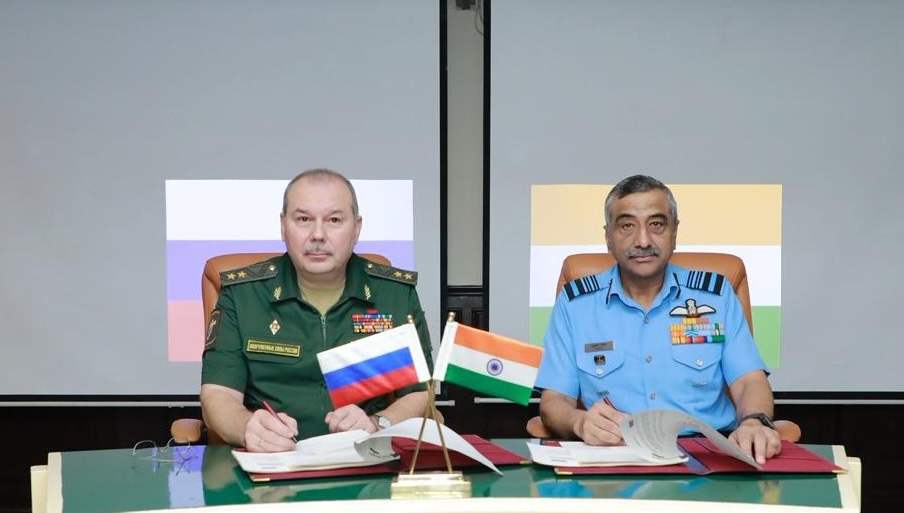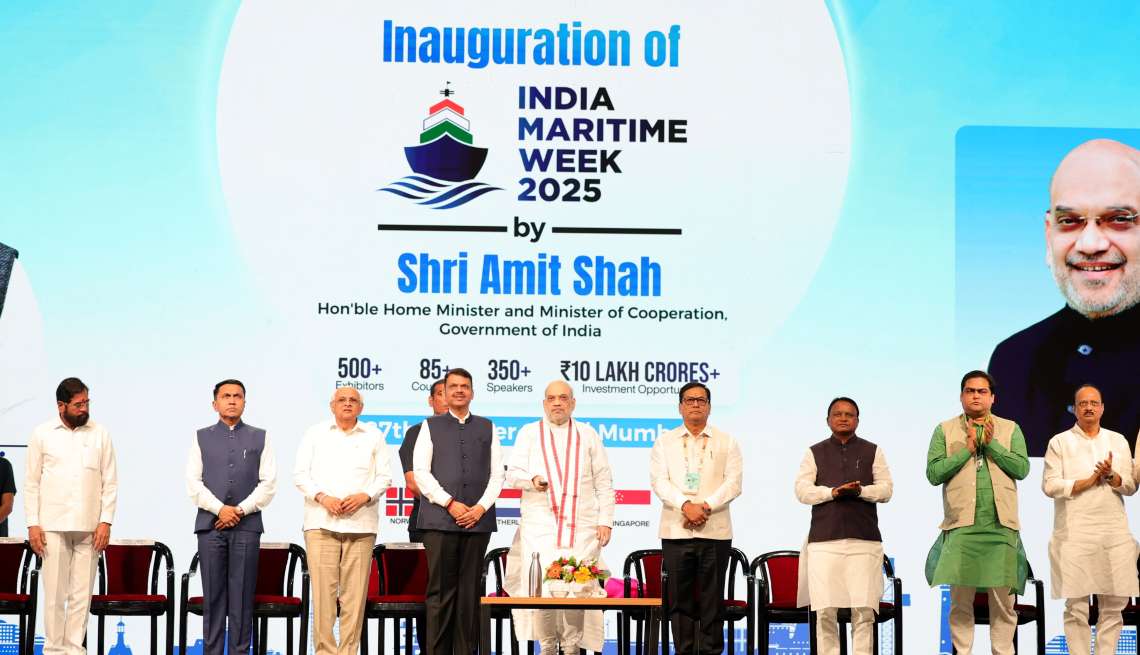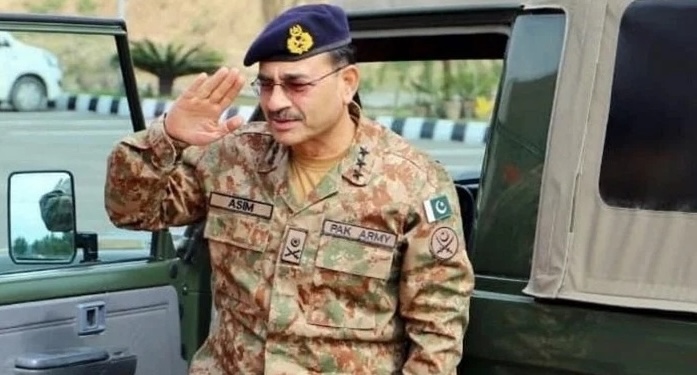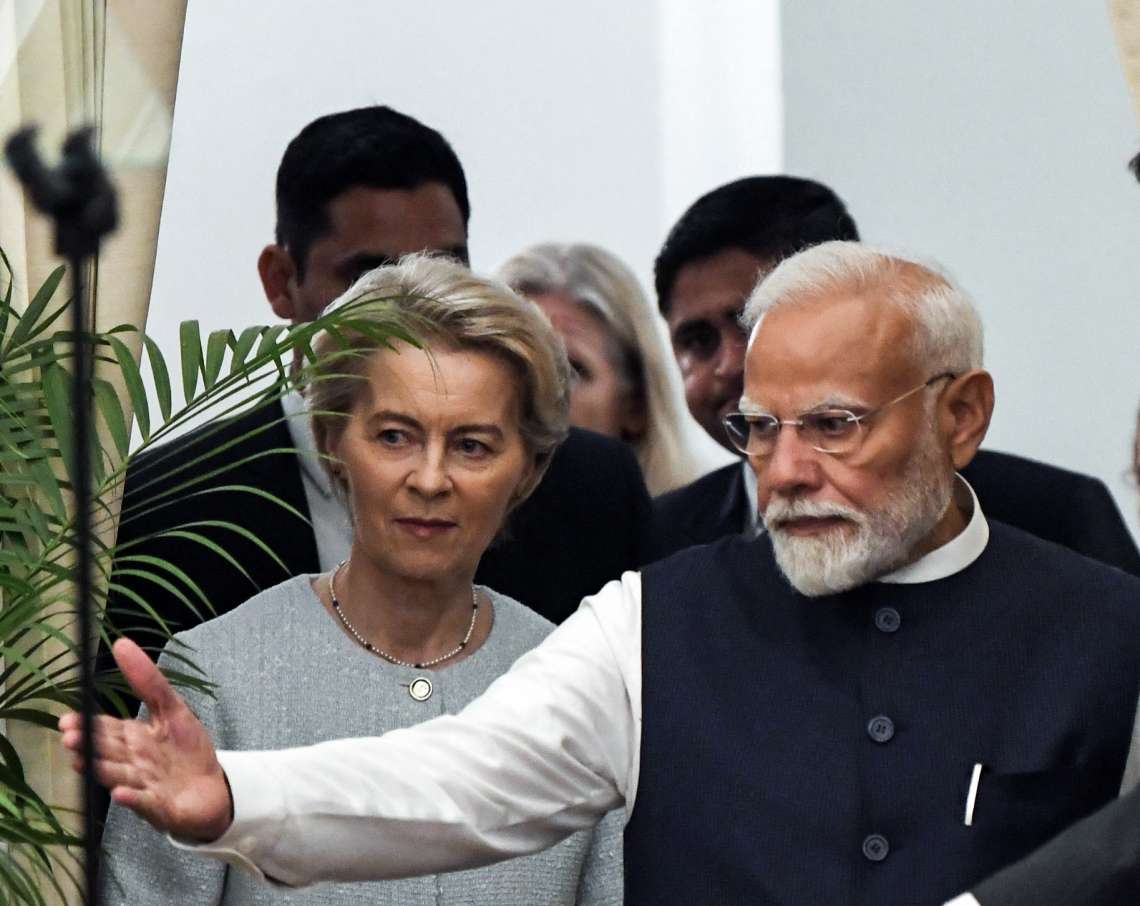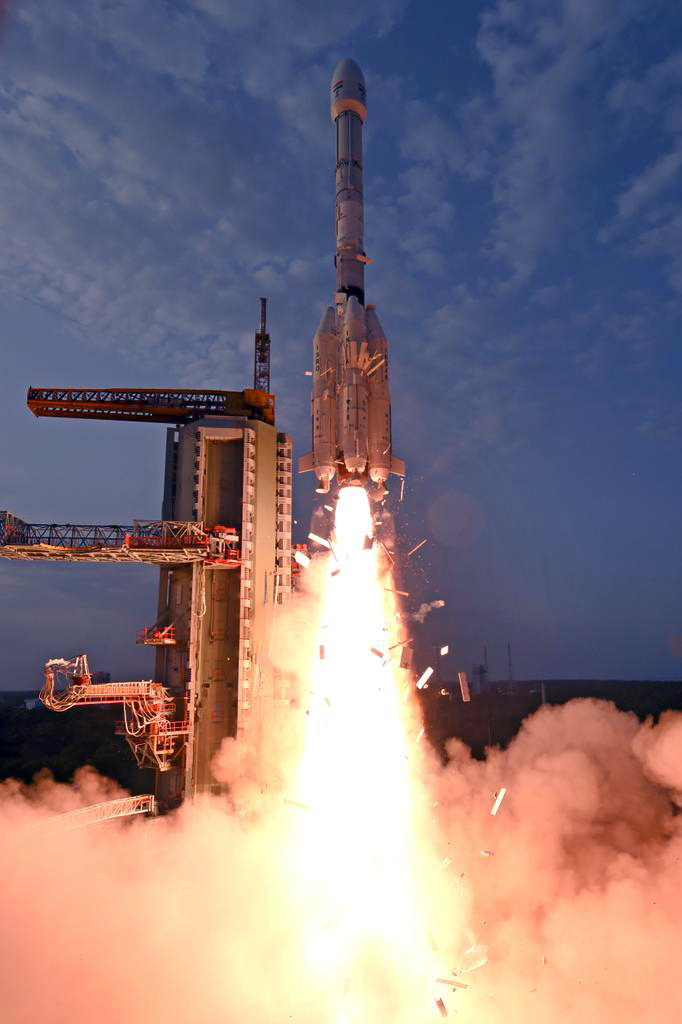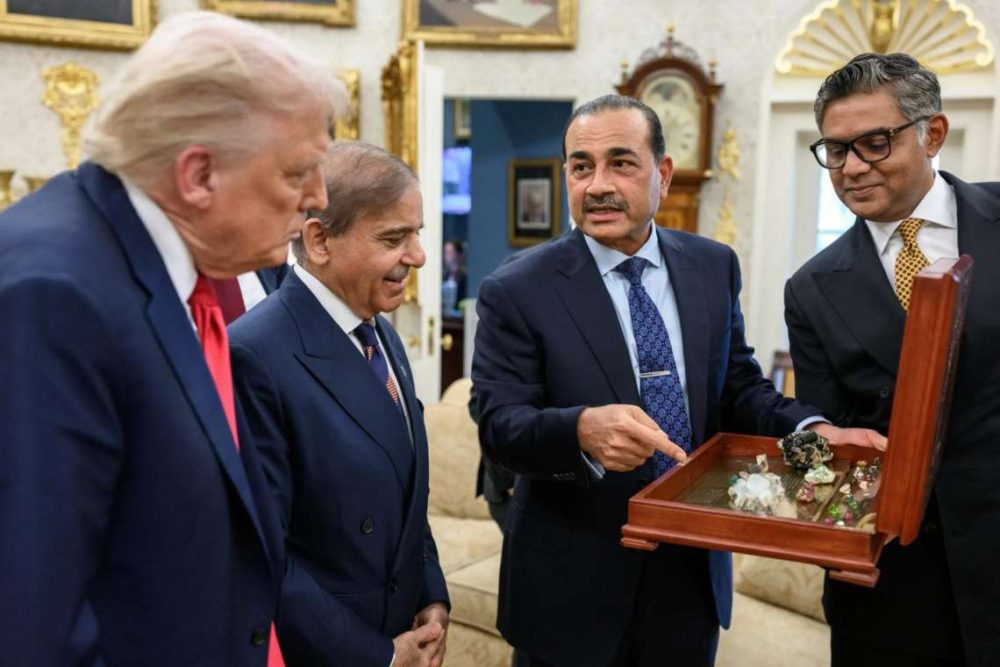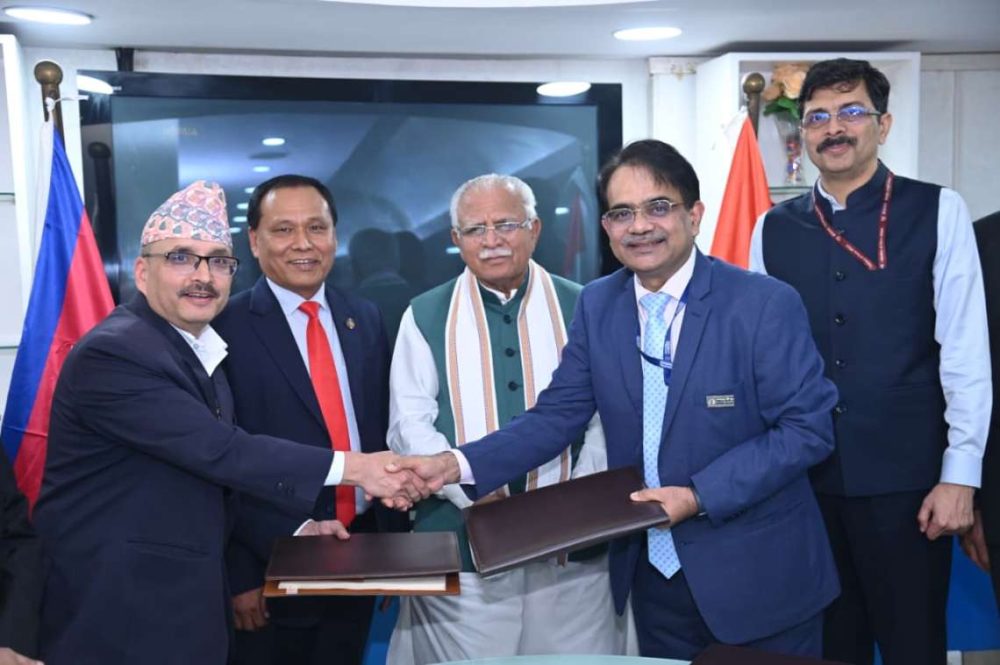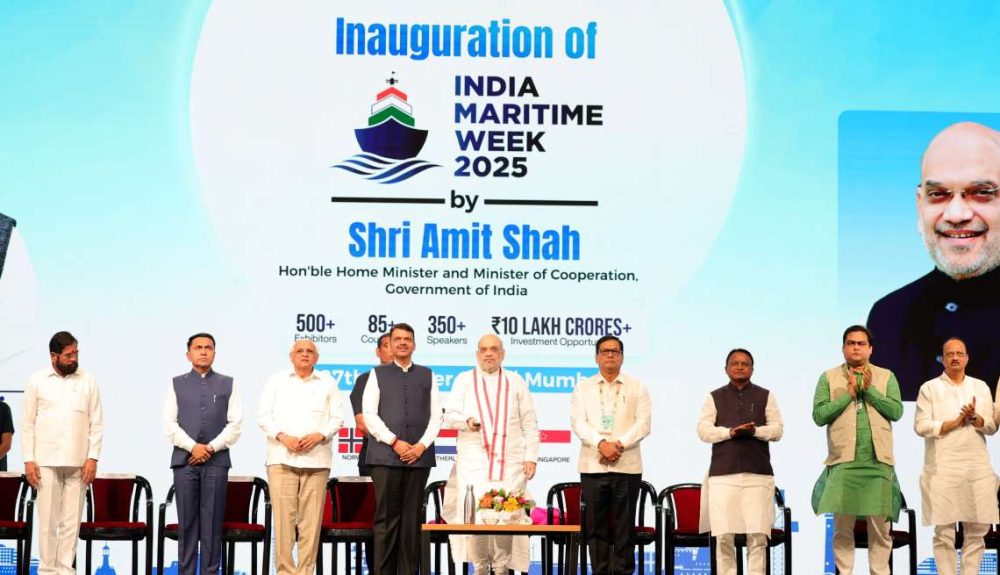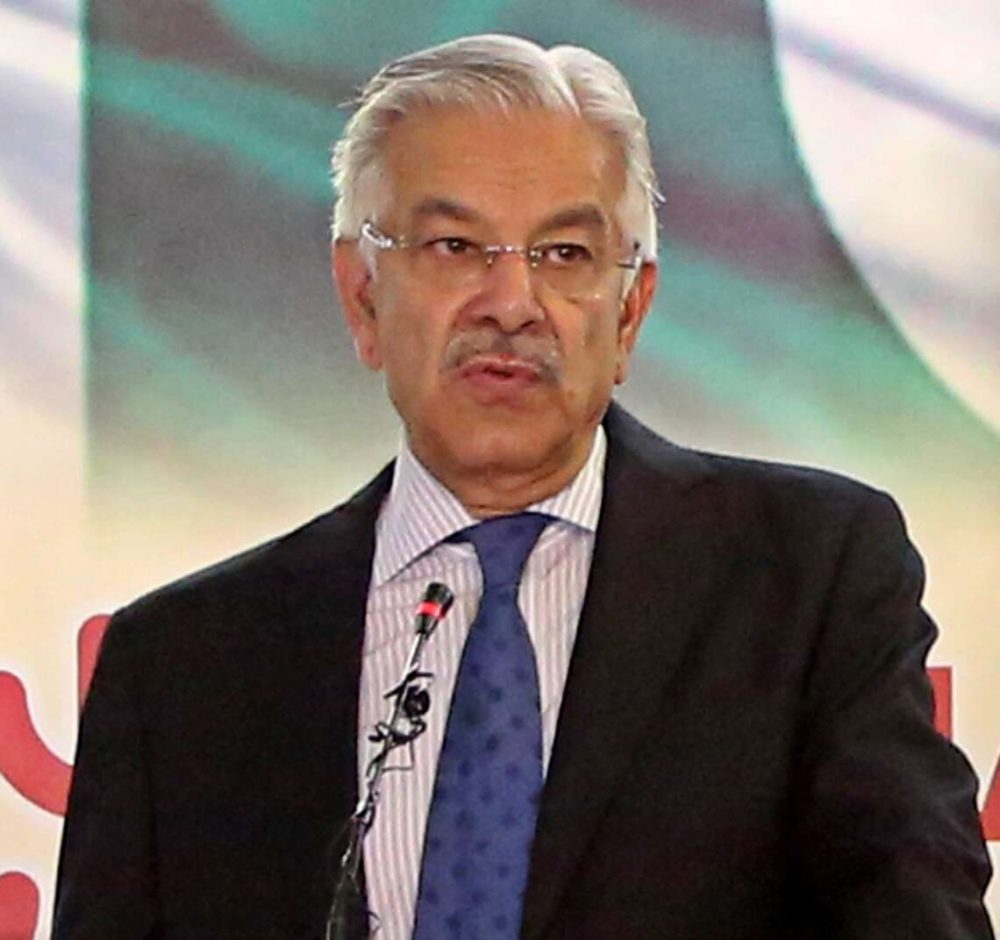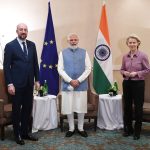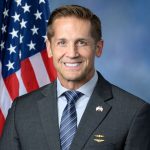India and US step up efforts to settle differences and push for early trade agreement despite tariff tensions…reports Asian Lite News
India and the United States have signalled a renewed push towards finalising a long-discussed bilateral trade agreement, with both governments acknowledging the enduring importance of their economic partnership. On Tuesday, New Delhi announced that the two sides had agreed to intensify efforts to reach an early conclusion of a mutually beneficial deal, despite friction over tariffs and differences in global energy policy.
The fresh round of discussions was led by Brendan Lynch, the Assistant US Trade Representative for South and Central Asia, and Rajesh Agrawal, Special Secretary in India’s Department of Commerce. According to the Indian government, the talks were described as “positive and forward-looking,” covering a broad spectrum of issues that have hampered progress on the trade pact.
For New Delhi, the discussions marked an important moment: Lynch’s visit was the first by a senior US trade official since Washington imposed a punitive tariff regime on Indian exports. The United States has levied a 25 per cent tariff, along with an additional 25 per cent penalty, on selected Indian goods in response to India’s continued purchase of Russian crude oil, a move that Washington claims undermines Western sanctions against Moscow.
India, however, has defended its actions robustly. Officials in New Delhi insist that energy procurement is guided solely by national interest and market realities. With a population of 1.4 billion and rising energy demand, India argues that affordable oil imports are essential for both economic stability and consumer welfare. It has dismissed the American tariffs as “unfair and unreasonable,” underscoring a determination not to yield to external pressure.
The Ministry of Commerce and Industry clarified that the Lynch-Agrawal talks were not to be mistaken for a formal negotiating round, but rather as a preparatory exercise. “This should be seen as a precursor to the sixth round of negotiations,” a senior official explained, noting that substantive discussions would follow once technical teams resolved preliminary issues.
Nevertheless, the optics of the meeting carried weight. The discussions came within days of Prime Minister Narendra Modi publicly welcoming US President Donald Trump’s upbeat remarks on trade ties. Trump, speaking last week, suggested that both sides had reason to be optimistic about narrowing their differences and achieving a framework agreement in the near future. Modi’s swift endorsement of those comments was interpreted as a signal of political intent to accelerate progress.
For both governments, the stakes are high. Bilateral trade in goods and services between India and the US has grown rapidly in recent years, surpassing $190 billion in 2022, and both countries have set an ambitious target of $500 billion. American companies remain keen to expand their footprint in India’s growing consumer market, particularly in technology, energy, and agriculture. For India, improved market access in the US offers a crucial opportunity for exporters of textiles, pharmaceuticals, and information technology services.
Yet, longstanding irritants persist. Apart from energy, disagreements over agricultural subsidies, digital trade, data localisation, and market access for dairy and poultry products continue to dog negotiations. The US has repeatedly pressed India to open its markets further and provide stronger protections for intellectual property. India, meanwhile, has sought relief from American tariffs on steel, aluminium, and other goods while pushing for recognition of its growing role as a reliable trading partner in Asia.
Trade analysts believe the Lynch visit reflects Washington’s desire to recalibrate its approach. With the Indo-Pacific emerging as a central focus of American foreign policy, strengthening economic ties with India has become a strategic priority. “The US cannot afford prolonged trade tensions with India at a time when it is seeking to build a coalition to balance China,” said a New Delhi-based economist. “This explains the willingness to re-engage despite ongoing disputes.”
For India, the challenge lies in balancing its relationships. While it values closer trade ties with Washington, it has been equally firm in safeguarding its energy autonomy. Russian crude, offered at discounted rates since the Ukraine conflict, has become a key component of India’s import basket. Any abrupt reduction in purchases could raise costs and stoke inflation, undermining the government’s economic agenda.
Tuesday’s meeting was, therefore, less about immediate breakthroughs and more about confidence-building. Both sides emphasised continuity of dialogue and pledged to work constructively towards narrowing gaps. Officials suggested that technical-level consultations would intensify over the coming months, with the aim of convening a formal negotiating round before the end of the year.
In diplomatic terms, the encounter also served to reassure business communities on both sides. By projecting a forward-looking narrative, India and the US sought to calm fears of a prolonged trade standoff. Industry leaders have warned that uncertainty could deter investment and disrupt supply chains at a time when global markets remain fragile.
Ultimately, the road to a comprehensive trade agreement remains fraught with challenges. But Tuesday’s talks indicated that both governments recognise the political and economic costs of drift and are willing to invest fresh energy into finding common ground. Whether this translates into an early deal remains to be seen, but for now, momentum appears to have returned to one of the world’s most consequential economic partnerships.


